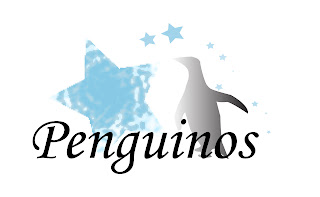Motion Guide: First set up a stage area by using the property inspector opion(adjust coordinates x, y)
Make a window fit: First you adjust the coordinates on your properties table, if it doesnt work go to main menu click on view and magnification and then fit in window, or go to the aplication itself and click the percentage area in the right corner
Import the images to the library
Drag the background image to your stage, the cursor should be on the first key frame, then set up the paramaters on the background(remember to lock the layer so that nothing happens to it)
Then create a new layer, rename the layer(get into the habbiit of renaming layers)
Then working on your first keyframe(if image is too big resize it with the free transform tool)
Deselcting-click any white/grey area
Go into insert, then timeline and click create Motion Tween(purpose is to alter a path).
Be sure that you are in the first keyframe of the "image" layer. Then insert motion guide, go to insert, then timeline, then motion guide(or click the motion guide button on the left of the application)do not operate on the motion guide, operate on the layer that is going to be impacted
Use the free transform tool to activat the image, then select the pencil tool pick a color and draw the path.
Select the image and rotate it with the free transform tool to orient the image to the path
(when you finish, lock your motion layer so that nothing happens to it)
Then click the first keyframe and orient the path(in the properties area)repeat the same process with keyframe 40.
Shape Tween
The Shape Tween is going to allow you to animate objects
Ways to animate: Motion Tween, Shape Tween and KeyFrame
Elements of Motion Tween: Create the motion tween, add a guide motion
The funtioin of edit multiple frame:
The difference between one keyframe, frame, blank keyframe and an edit multiple frame: one keyframe- frame- blank keyframe-
Motion Guide
Motion Tween(shape/tween)
Layer Creation
Na of Layers
Key Frames
Pencil Tool
Color Picker
Smooth Option
Engaging: Learned some interesting ways to create a flash animation with text
Disengaging: alot of information to process in a short time. I dont know if I'll be able to remember, but I will try.





